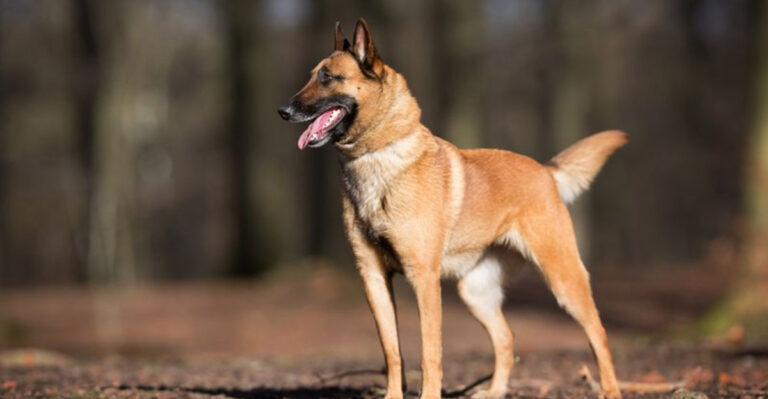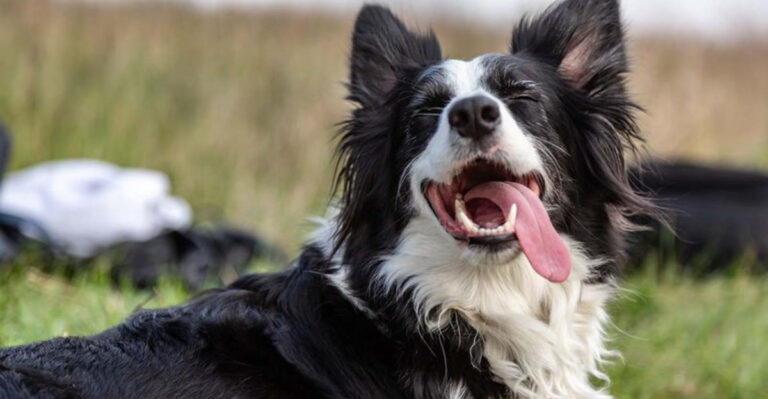11 Ways To Help Your Dog Get Along With Other Dogs
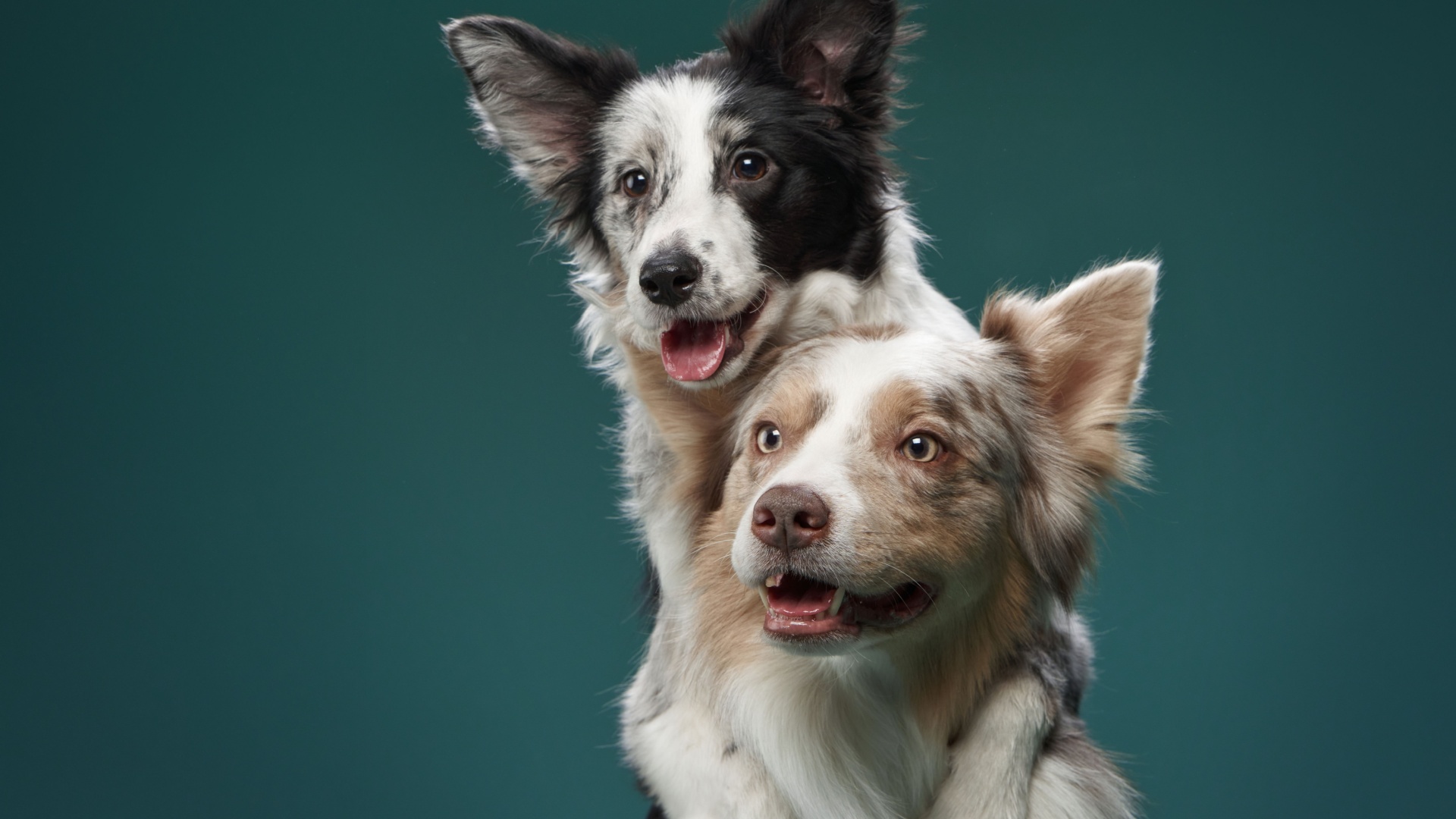
Helping your dog get along with other dogs can enhance their social skills, promote better behavior, and create a more harmonious environment at home and in public spaces.
Discover these 11 effective strategies that can aid in fostering positive interactions between your furry friend and their canine companions.
1. Early Socialization
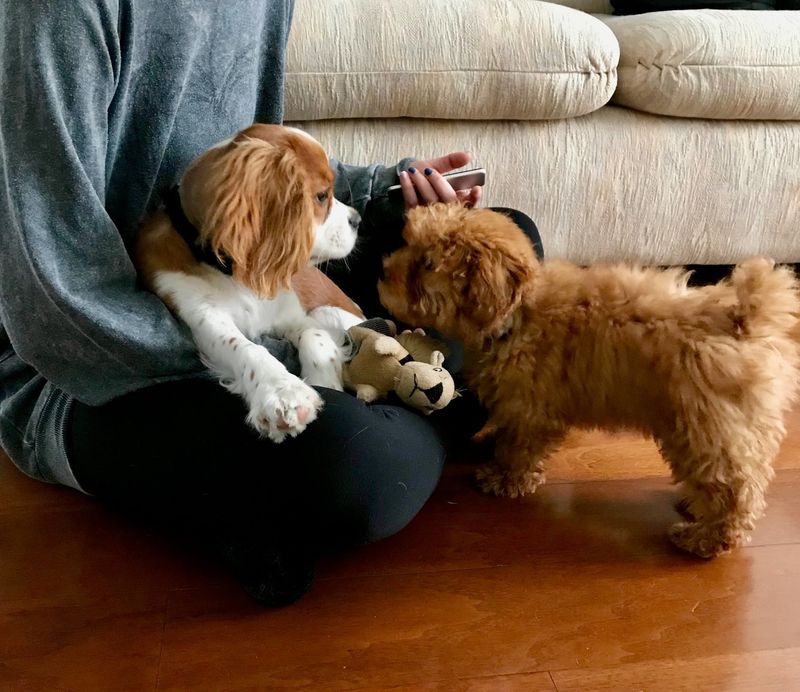
Socializing your dog at a young age is crucial. Puppies are more open to new experiences, making this the best time to introduce them to other dogs. Taking your young pup to a puppy class or arranging playdates with other vaccinated puppies can greatly benefit their social skills.
Always ensure the environment is safe and supervised to avoid any negative experiences. If your dog is older, socializing may take more patience, but it’s still achievable. Gradual exposure to friendly dogs and positive reinforcement can help alleviate any anxiety.
This will allow your dog to associate meeting new friends with positive experiences. Remember, patience and consistency are key. Celebrate small victories and continue to encourage positive interactions, ensuring your dog feels comfortable and confident when meeting others.
2. Controlled Environments
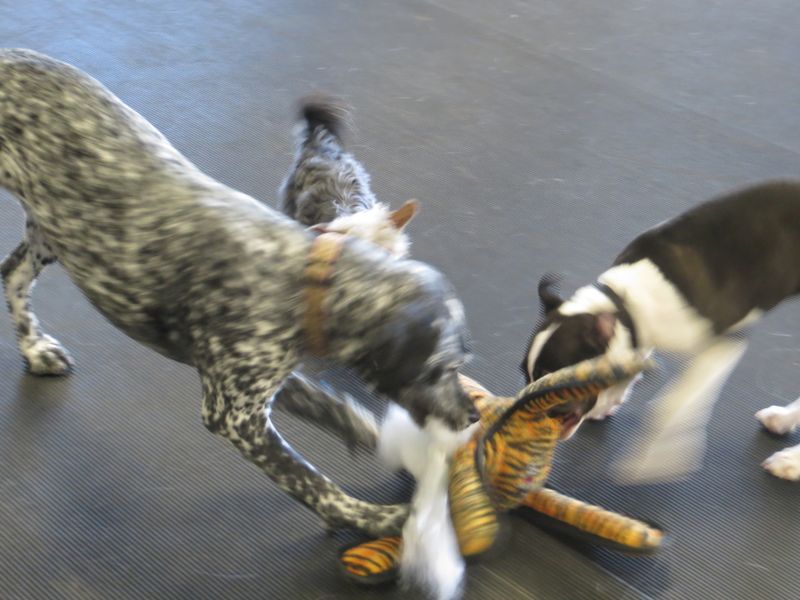
Introducing your dog to new friends in controlled environments can significantly reduce anxiety and aggression. Select a quiet, neutral location where neither dog feels territorial.
This helps in preventing any potential disputes over territory or toys. Leash your dog initially to keep them under control while they adjust to the presence of a new friend. Observe their body language closely for signs of comfort or distress.
Gradually allow more freedom as they become more comfortable. Avoid high-stress or overly stimulating environments.
Too much excitement can overwhelm dogs, leading to negative interactions. By ensuring the setting is calm and controlled, you create a positive atmosphere for both dogs to interact and form a friendship.
3. Positive Reinforcement
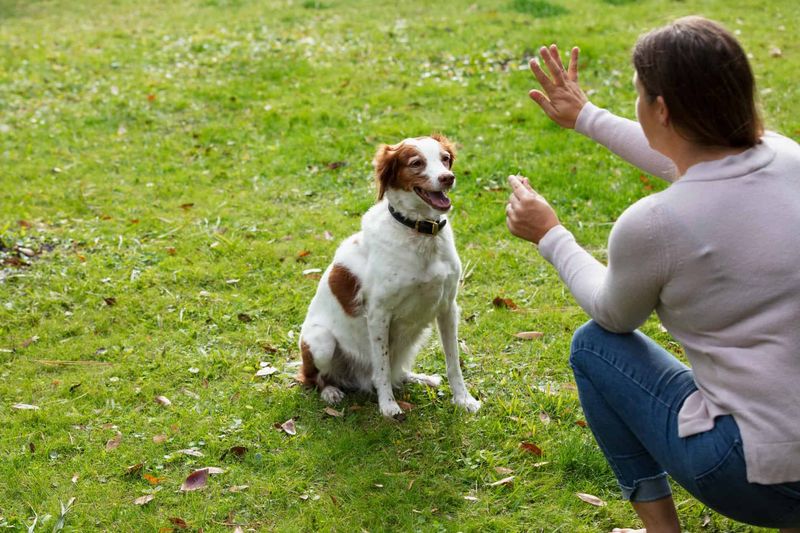
Positive reinforcement is a powerful tool in encouraging your dog to get along with others. Rewarding good behavior with treats, praise, or toys helps your dog associate other dogs with positive experiences. This approach can significantly enhance their willingness to engage with others.
Start by rewarding your dog when they display calm and friendly behavior around other dogs. Gradually increase the complexity of interactions while maintaining a positive and encouraging demeanor. Consistency is crucial.
Make reinforcement a regular part of your dog’s socialization routine. Over time, your dog will naturally adopt friendly behaviors, making them more approachable and sociable with others.
4. Understanding Body Language
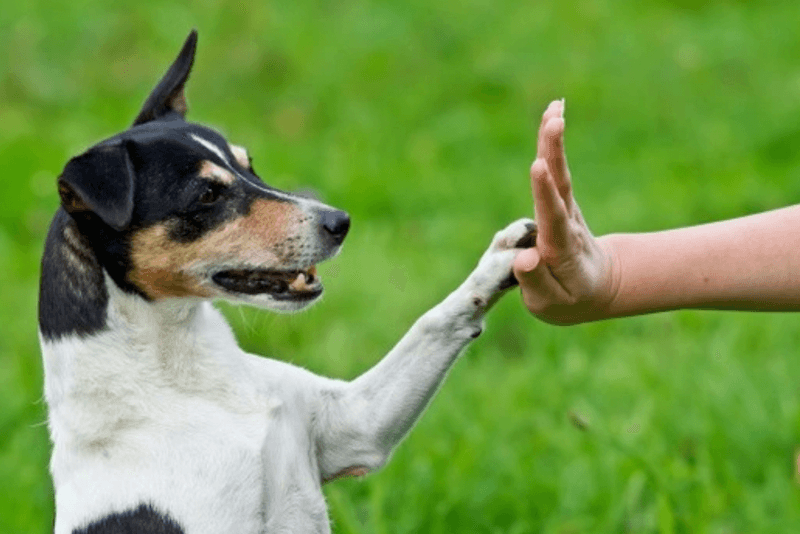
Understanding canine body language is vital for facilitating positive interactions. Dogs communicate through a series of signals, and recognizing these can prevent misunderstandings and conflicts. Learn to interpret signs of stress, fear, or aggression, as well as signs of happiness and relaxation.
By watching your dog closely, you can intervene early if any signs of discomfort arise. This proactive approach helps to ensure that interactions remain positive and enjoyable for all dogs involved.
Enrolling in a dog behavior class or reading resources on canine communication can enhance your ability to read these signals. Being attuned to your dog’s body language fosters an environment where they feel understood and secure.
5. Regular Exercise
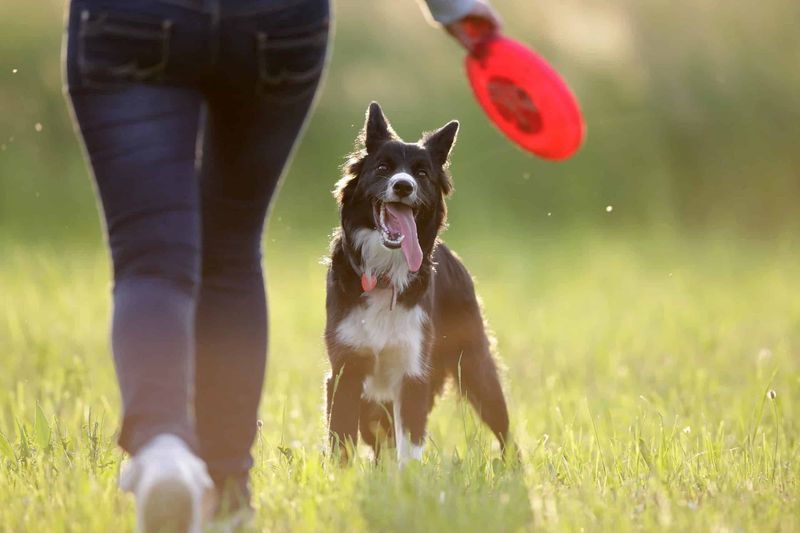
Regular exercise is essential for a dog’s physical and mental well-being. A well-exercised dog is more likely to be relaxed and sociable with other dogs. Engage in activities like fetch, agility training, or long walks to expend excess energy.
Exercise not only reduces stress and anxiety but also provides opportunities for socialization in a natural setting.
Dogs that are relaxed and content are more likely to engage positively with others. Consider organizing group walks or play sessions with familiar dogs. This helps to build a sense of camaraderie and strengthens your dog’s social skills in a supportive environment.
6. Obedience Training
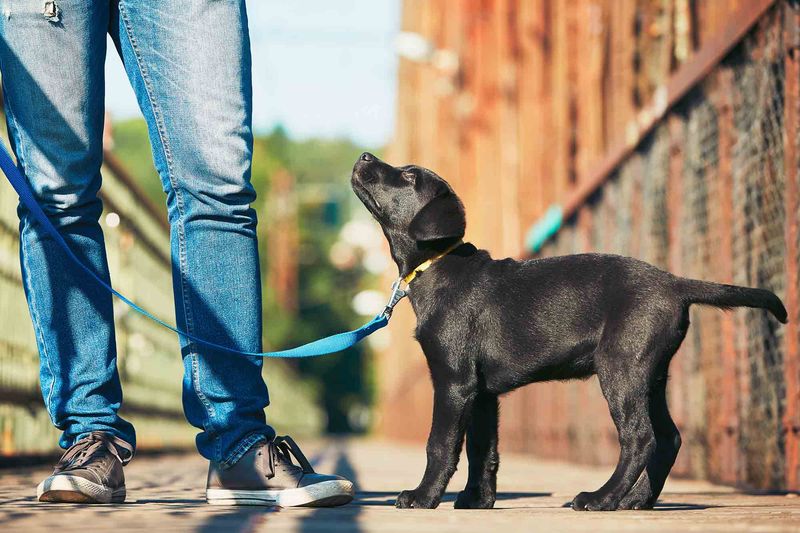
Obedience training lays the foundation for positive interactions. A well-trained dog is more likely to listen and respond positively in social situations. Commands like sit, stay, and come can help manage your dog’s behavior when meeting others.
Enroll in obedience classes to strengthen your dog’s command response. These classes also provide opportunities for meeting other dogs in a structured setting, promoting socialization.
A dog that listens to commands is easier to control and guide during interactions. This enhances their ability to make friends and reduces the likelihood of conflicts, ensuring a pleasant experience for all involved.
7. Gradual Introductions
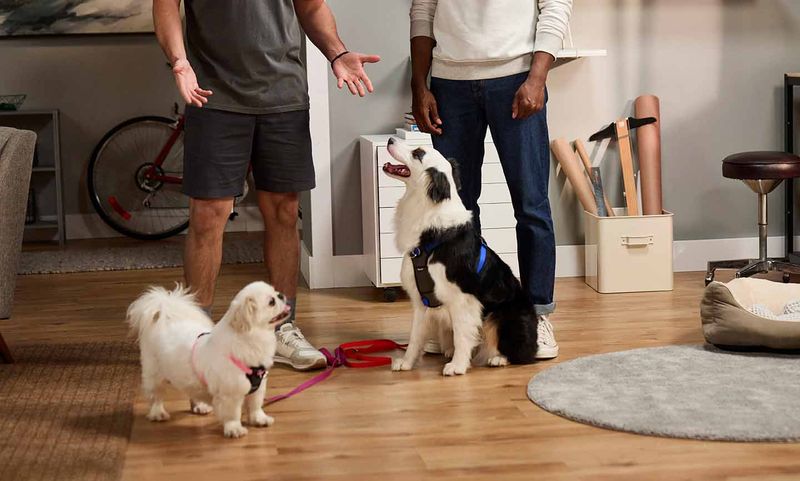
Introducing dogs gradually can prevent overwhelming them. Start by allowing them to observe each other from a distance, gradually closing the gap as they become more comfortable. This method helps dogs acclimate to each other’s presence without feeling pressured.
Use leashes to guide the interaction, ensuring safety and control. Reward calm behavior with treats and praise, reinforcing positive associations.
Patience is key. Allowing dogs to set their own pace ensures that the meeting remains a positive experience. This technique builds confidence and fosters friendships that are based on mutual respect and understanding.
8. Understanding Triggers
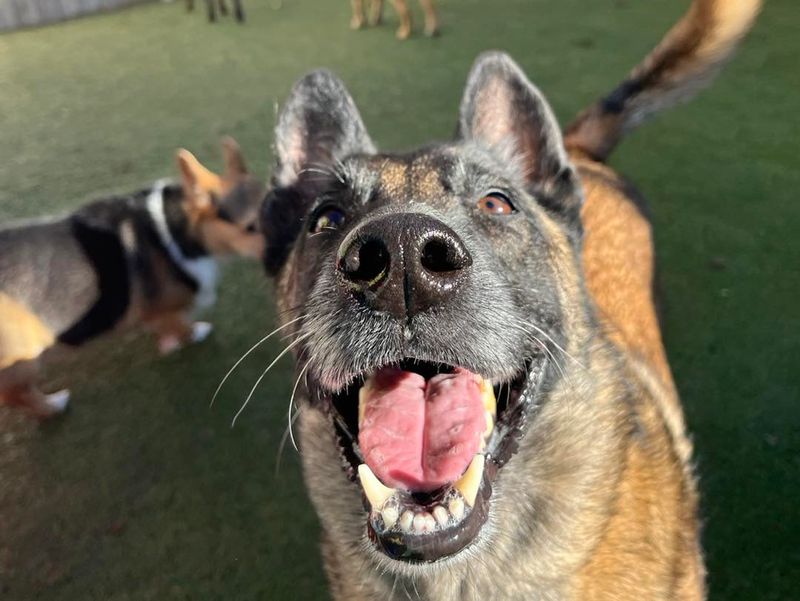
Every dog has its own set of triggers that can lead to anxiety or aggression. Identifying these triggers is crucial in preventing negative interactions. Keep a journal of your dog’s reactions to different environments, sounds, and other dogs.
By understanding what provokes stress or aggression, you can create strategies to manage these situations effectively. This might include avoiding certain areas or gradually desensitizing your dog to specific triggers.
This proactive approach empowers you to guide your dog through complex social situations, ensuring they remain calm and friendly. Tailoring social interactions to your dog’s needs fosters a more harmonious relationship with other dogs.
9. Engaging Toys
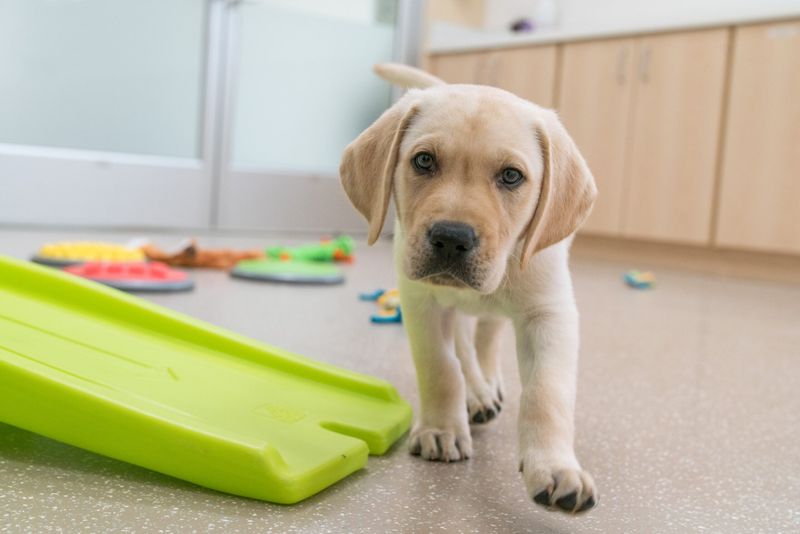
Toys can be an excellent distraction and a way to promote positive interactions. Interactive toys that require cooperation can encourage dogs to work together, building friendships in the process. Choose toys that are durable and safe for group play.
Introduce toys during playdates to engage the dogs in a fun activity. This can help break the ice and reduce tension, encouraging them to focus on the game rather than each other. Supervision is important to ensure play remains friendly. By using toys as a bridge, you can facilitate bonding and create enjoyable experiences that your dog associates with other dogs.
10. Frequent Social Outings
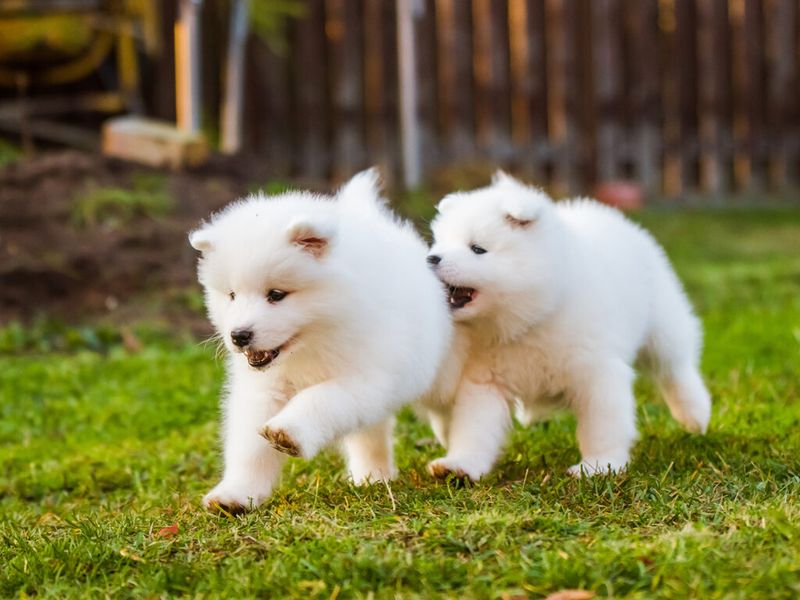
Taking your dog on regular social outings helps them become accustomed to different environments and dogs. Visit dog-friendly cafes, parks, or pet events where they can meet a variety of dogs in a controlled setting.
Exposing your dog to diverse social situations reduces anxiety and builds confidence. Encourage positive interactions by rewarding good behavior with praise or treats.
This routine not only improves sociability but also enriches your dog’s life with new experiences. Frequent social outings nurture a well-rounded, friendly dog capable of engaging positively with others.
11. Patience And Consistency
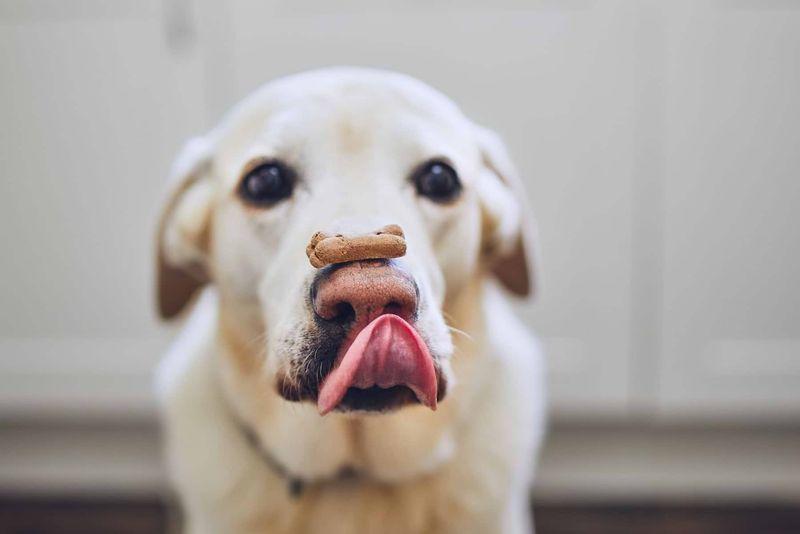
Patience and consistency are essential when helping your dog get along with others. Building social skills takes time and effort. Maintain a calm and encouraging attitude during interactions, reinforcing positive behavior consistently.
Stay patient during setbacks. Every dog adjusts at their own pace, and it’s important to respect that. Celebrate small successes and keep practicing regularly. By consistently applying these principles, you create a stable and welcoming environment for your dog.
This approach not only helps them get along with other dogs but also strengthens your bond with your furry friend.

